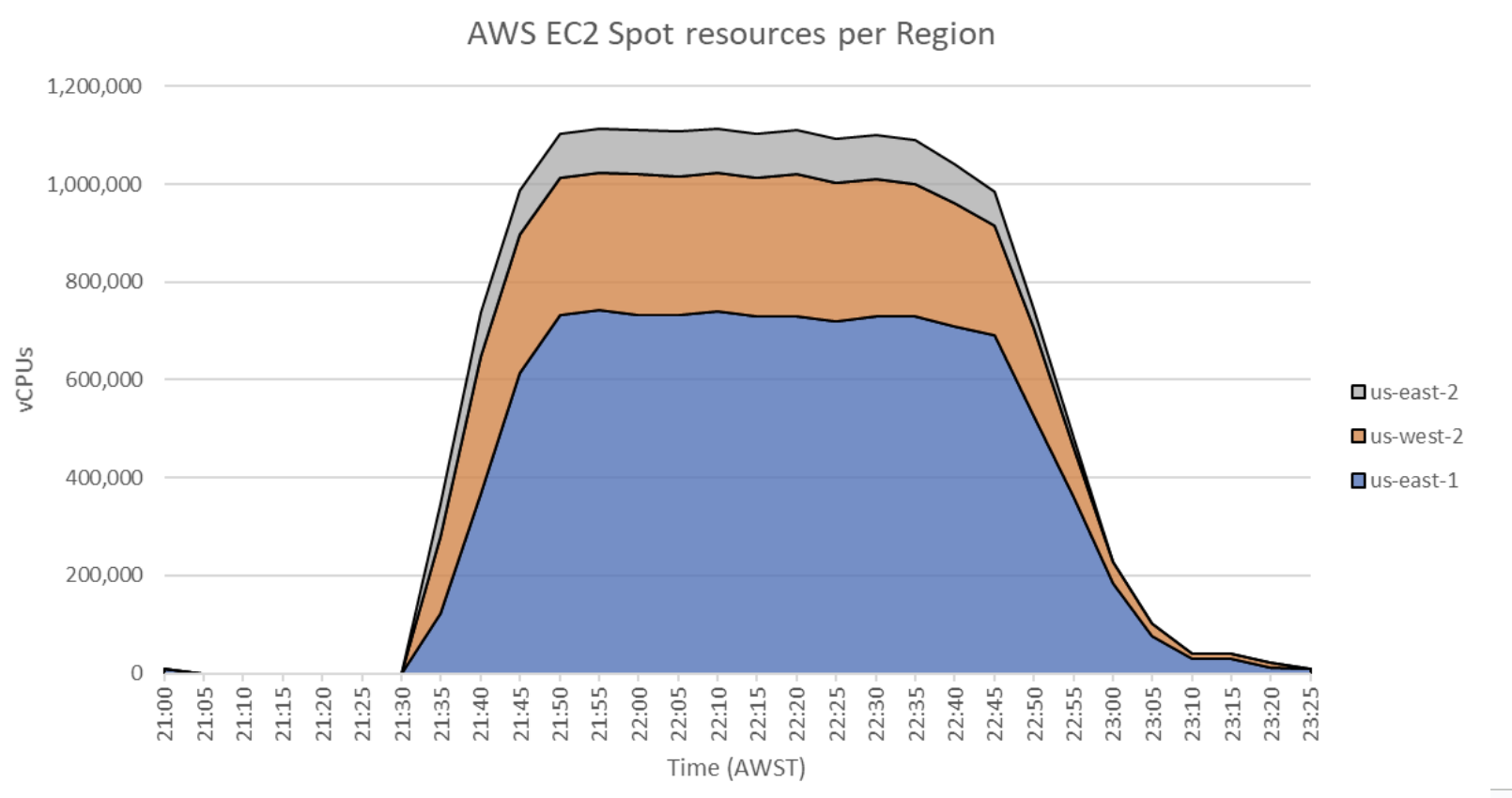Semi-Global Multi-Parameter FWI
Woodside Energy in collaboration with S-Cube, has explored the potential for hyperscale public cloud high-performance computing (HPC) to enable efficient deployment of a semi-global approach to multi-parameter full-waveform inversion (FWI) over large areas. This method introduces several novel aspects to semi-global FWI that improve convergence and suppress crosstalk, establishing that the algorithm’s embarrassingly parallel nature is well suited for public cloud implementation. This article outlines how various public cloud services can reduce the cost of inversion and provides a reference architecture for deploying semi-global FWI on the Amazon Web Services (AWS) platform. A case study applying semi-global FWI to a large-scale seismic dataset from offshore Australia demonstrates the practical application of this approach.
Introduction to Semi-Global FWI
Building multi-parameter models of the subsurface for seismic imaging typically requires a series of processing steps prior to analysis, which can take several months and often involve numerous subjective decisions. Wave equation-based model building techniques like FWI eliminate the need for preprocessing the data, as they aim to reproduce the data in their raw form. Gradient-based methods like FWI for multi-parameter model building introduce challenges such as dealing with crosstalk between parameters and scaling parameters to which the data have differing sensitivities. A semi-global approach to FWI can help mitigate these challenges, although it requires significant computational resources when deployed over large areas.
Semi-Global FWI Methodology
Semi-global FWI decouples acoustic velocity from other parameters within the wave equation, such as anisotropic terms, acoustic attenuation, or acoustic/shear velocity ratio. This approach combines an outer global search for secondary parameters with nested gradient-based iterations that update the velocity model associated with each member of the global population. The outer global search is computationally feasible in 3D as the secondary parameter can be defined using a handful of model parameters downscaled prior to modeling. The velocity model is defined by a fine mesh as per conventional local FWI. This separation by scale helps decouple the parameters being inverted for, while the global search aids in navigating the highly non-linear misfit space.
Implementation and Results
The assessment of each member of the global population can be considered an independent FWI problem, enabling efficient parallelization across large amounts of compute resources. In our implementation, each iteration of the global outer loop is parallelized by distributing FWI sub-jobs across different data centers within various public cloud regions, distributing problem-specific data for each FWI sub-job across worker processes, and using multi-threading to parallelize wave equation solves across CPU cores. Services offered by public cloud providers, such as Amazon Simple Storage Service (Amazon S3), ensure low latency and high throughput. The use of spare compute capacity services, such as Amazon EC2 Spot, allows for significant cost savings.
A case study was performed using surface seismic data acquired during a 2001 towed-streamer survey offshore Australia. The data had limited information relating to anisotropy and posed a significant challenge for any stochastic or semi-stochastic approach to seismic inversion due to the extensive surface area and complex subsurface conditions. The algorithm was able to recover an anisotropic velocity model over more than 3200 km² in a few hours using over one million logical CPU cores, demonstrating the practical applicability and efficiency of semi-global FWI on public cloud HPC.
